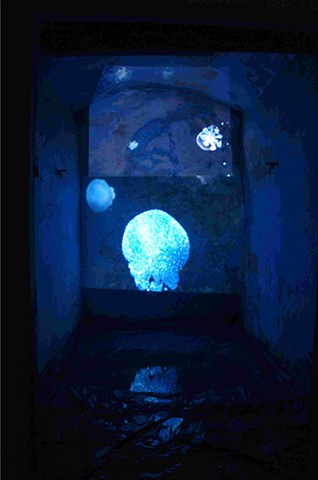Agua Viva
Takrouna is a Berber village from Tunisia, built on a fossilized rock covered with cactus from the Tertiary era at an altitude of 200 meters. The village consists of stone houses whose architecture reflects the Berber construction methods: a small inner courtyard surrounded by vaulted rooms. Today Takrouna is a place in ruins. In fifty years the city was emptied of almost all its inhabitants and only three families live in the old town on the hill. The departure of the inhabitants began mainly with the Second World War,(Takrouna was the scene of clashes between the Allies and the German-Italian military), but the main cause of the exodus of the inhabitants was the lack of water that made life impossible in the place.
Traversing the aridity of the ruins of the hill I realized and admired, that the walls of the houses, were incrusted by fossil seashells. This led me to the discovery that the village was built upon a rock of tertiary age full of fossils. The fossils of sea shells we found everywhere on the hill are proof that thousands of years ago there was water in Trakouna and so was life as well.
“Água-Viva” is the Portuguese name for jellyfish, and literally means “living water”.
(Vídeo about the project:alinadalva.com/artwork/3116012_Agua_Viv… Agua-Viva| )
